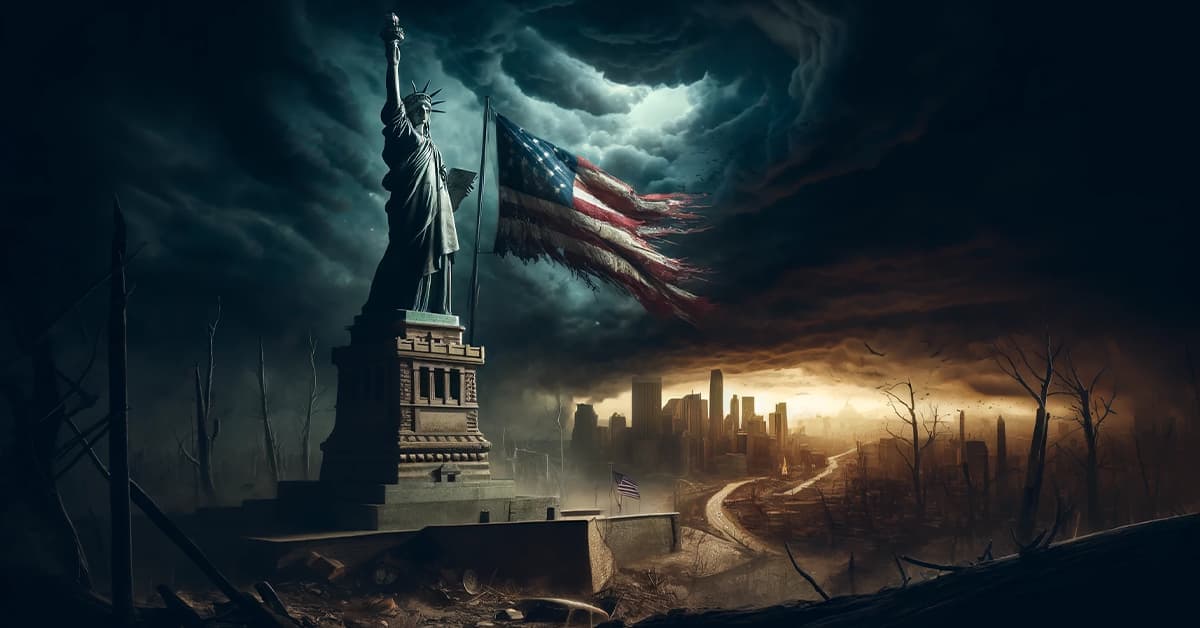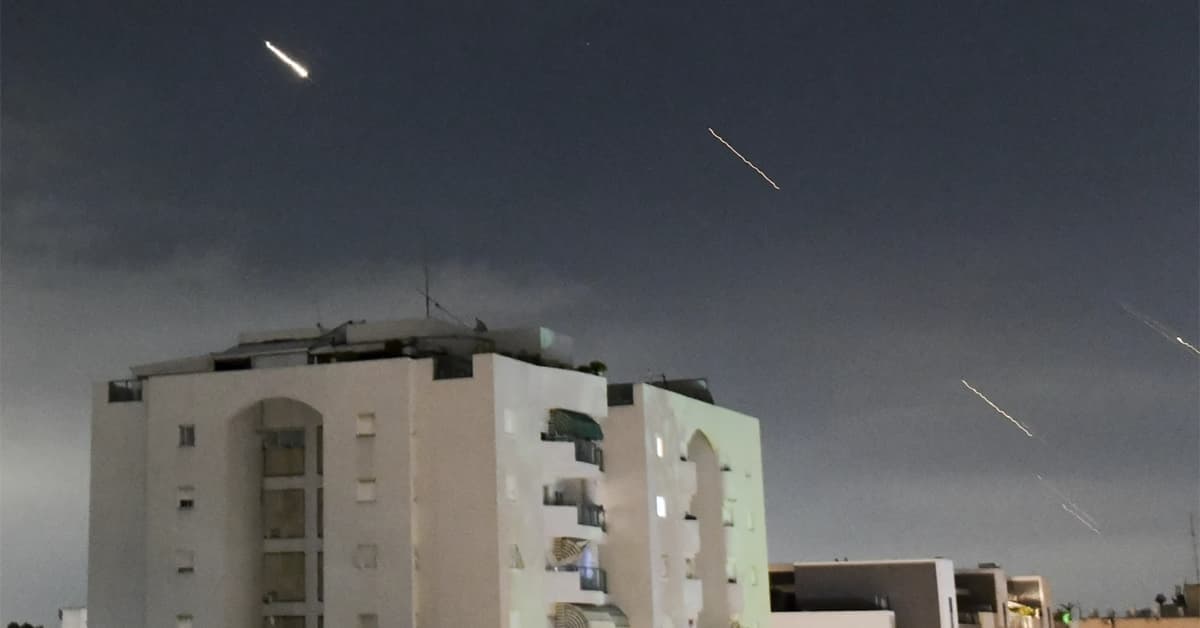The horrendous attack on the Tree of Life synagogue in Squirrel Hill, Pittsburgh, during Saturday morning prayers was one more shocking wake-up call that the atmosphere of hate that is growing throughout the country is far from over. But it is because the threat of violence continues to grow, that the tragedy that took place at the Tree of Life Synagogue was not a great deal worse, and becomes more than a moment for sorrow. There is much to be learned from the manner is which law enforcement responded to the attack, and even how the worshippers themselves behaved, and how the aftermath was controlled by the officials from the federal agencies.
America has lived through similar events, in Columbine, Sandy Hook, and Parkland, as well as Las Vegas and Orlando, but the response to all of these was arguably partly responsible for the extent of the tragedies that we saw there. And those mistakes were teaching moments that helped to limit the number of deaths in Pittsburgh.
The Department of Homeland Security has been actively carrying out evaluations of at-risk facilities throughout the country, and providing advice to the communities on how to respond to an active shooter. In March 2018, the DHS conducted a site visit to the Tree of Life synagogue. The response to the attack in Squirrel Hill shows what the community had learned from the effort.
In the Tree of Life attack, those who could sheltered in place. And the first SWAT team arrived within four minutes. Unlike law enforcement in Columbine, Orlando, and Parkland, they immediately ran into the live fire and no doubt saved many lives.
Every Place is Different
There is no rubber stamp response to an active shooter. More than twenty years of providing preparedness training for corporations, municipalities, and private organizations have taught me that every site and every community is different and each requires an approach that is consistent with the layout of the facility and the culture of the population. It is not enough to depend on a memorized phrase like ‘run, hide, fight’, although that is often a good beginning. A frightened kindergarten child, an elderly senior who has difficulty walking, a teen-ager glued to her smart phone, all require different types of preparation for such a real emergency. And it can be done.
In a real emergency, untrained people are likely to freeze or panic, and therefore be unable to make decisions about what to do. Response is best when it is automatic, although even some partial training and preparation helps to save lives. In some cases, the best response is to shelter in place, in others the best practices is to evacuate. The layout of the building is a big consideration in what choice you make. And so is the nature of the attack. The number of attackers, the weapons they use, your access to escape, and the existence of shelter are all important. And, of course, the rapid response of the first responders is all-important. In a live fire situation, time is of the essence, and even seconds can make a difference.
At Columbine, it took two hours after the shooting began before the first SWAT team entered the school, by which time 12 students and 1 teacher had died, and another 21 people were wounded. In Parkland, Broward County sheriff’s deputies, including the deputy assigned to protect the school, waited outside the building for four to six precious minutes before going in, although though they could hear gunfire from outside the school. In other words, the good guys with the guns, remained outside until the shooting was over.
At the Tree of Life synagogue, those congregants who could escape the shooter, found places to hide and sheltered in place. The first 911 call was received at 9:54 am, and the first SWAT team arrived within four minutes. They immediately ran directly into the live fire. As a result of their speed and courage, four officers were shot, but countless lives were saved.
What officials found when they went inside was horrific beyond words. Even these tough SWAT officers, who had seen terrible things in their careers, were grim when they left the synagogue, and several officials were close to tears.
A press conference was held later that afternoon, but no details were given about the victims. The following morning a final press conference was given and the names of the victims were released to the press.
The Aftermath
Lessons learned from Columbine and Parkland, as well as the concerted efforts of the DHS and the FBI to better prepare at-risk organizations, made a great difference in the resolution of the Tree of Life attack.
In general, once the attack stops and the assailant is apprehended, the public views the matter as over. But for law enforcement and for the victims, it is far from over. It is just beginning.
The identification of the dead, the process of informing the families, and the work of law enforcement to bring the shooter to justice, is just beginning.
Beyond that, the onslaught of the press, eager for every tidbit of information that can enrich their reports, becomes a nightmare for everyone associated with the attack. The media circus that followed the Parkland massacre is a grotesque example of how badly this can get out of hand.
But in Pittsburgh, we saw another example of a lesson learned. All the information was controlled by the firm hand of federal law enforcement, who went to great lengths to protect the families of the victims. The authorities refused to release the names of the victims until a press conference they held the following morning. This gave them time they needed to identify the dead, and to inform the families privately. The press had to cool their heels until then, and the families were officially informed without the press hovering around their homes, and interrupting their grief, as they did in Parkland.
The individual stories will eventually begin to come out from the survivors and from law enforcement, and some may show that mistakes were made. On the whole, however, I believe they will show that the response to the Tree of Life massacre was a text-book case of what to do in the case of an active shooter in a public building. The swift and effective response of law enforcement and the protection of the victims’ privacy, helped them to avoid many of the pitfalls of Columbine and Parkland, and no doubt saved many lives.

























